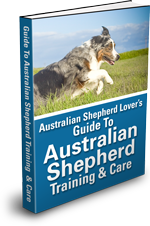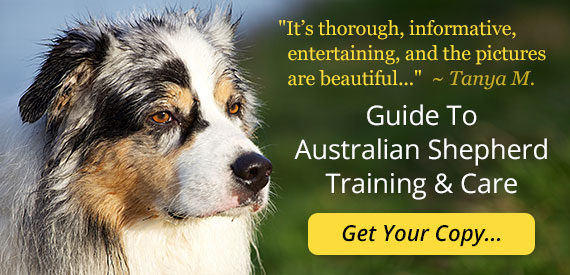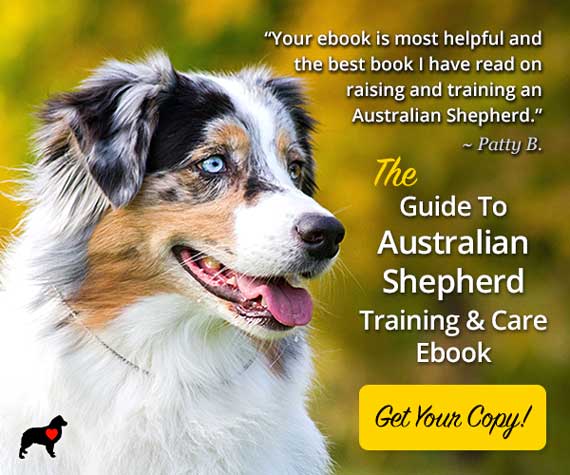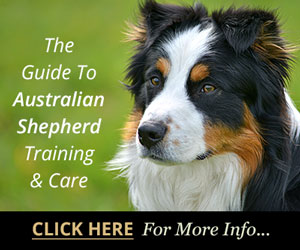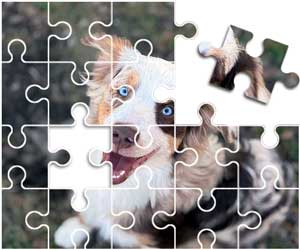
Hair Loss In Dogs: A Guide
Hair loss in dogs, also known as alopecia, is a relatively common complaint and unfortunately one that is difficult to prevent. There may be any number of underlying causes for the condition and diagnosis begins with examining the pattern of the loss and the level of severity. If you begin to notice that your dog is losing its hair, you should get him to the vet as quickly as possible for a proper diagnosis and treatment.
While the prominent symptom of dog hair loss is obvious, it can also affect other parts of the dog's body including the skin, endocrine system, lymphatic system and immune system. It is not specific to breed, age or gender and can be either a gradual condition or a sudden, acute reaction. Since there can be a variety of causes, including exposure to common pests such as mites, it is particularly difficult to avoid, especially in active breeds like the Australian Shepherd.
Some of the common causes of hair loss in dogs include mange, an infection caused by mites called Demodex; changes in the growth pattern of hair follicles; trauma and immune or endocrine disease. The first step in diagnosing the cause is examining the pattern of hair loss, which usually signals what type of underlying problem may be present.
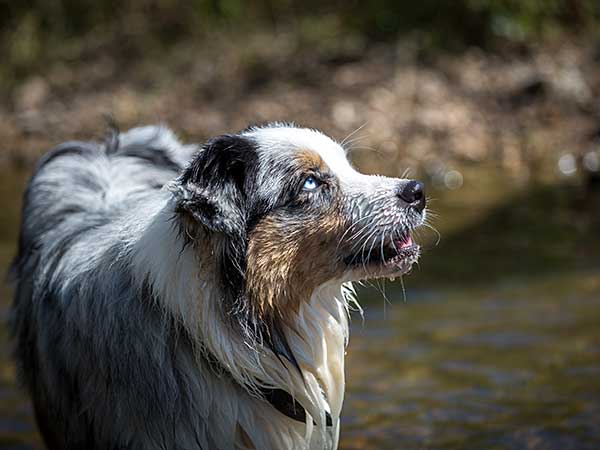
R.Bitzer Photography / stock.adobe.com
A thick beautiful coat is a sign of good health in your Australian Shepherd.
Dog hair loss generally presents in one of several patterns: multiple areas, symmetrical or patchy to generalized hair loss. Multiple areas of hair loss, usually accompanied by red patches of skin and scaling, is indicative of a fungal infection such as ringworm. Scleroderma, a skin condition that can result from trauma or a recent vaccination, can also result in multiple areas of hair loss.
Symmetrical hair loss in dogs is usually a sign of increased steroid production by the adrenal gland, thyroid issues, or hormonal imbalance stemming from either increased or decreased levels of estrogen or lowered levels of testosterone. Sudden changes in hormone levels can cause a variety of problems for dogs, not the least of which is the sudden loss of hair, so this type of hair loss should be taken particularly seriously.
Patchy to generalized dog hair loss is a sign of an underlying infection. The most common of these by far is mange, but other infections including ringworm and bacterial infection can also cause this type of hair loss. This type of hair loss is almost always accompanied by reddening and inflammation of the skin, which can cause itching and soreness.
Treatment Of Hair Loss In Dogs
Treatment will depend on the underlying cause, but for the most part hair loss in dogs is treated with topical shampoos and/or antibiotic therapy. If there is another underlying cause such as a hormonal imbalance or a thyroid issue, your vet may prescribe other medications to help remedy this problem. Once you have a course of treatment, staying with it is essential, as is monitoring your dog's skin for any sign of infection.
Hair loss should never be taken lightly. Aside from looking unpleasant, it can be a sign of more serious underlying health issues. Even without another issue, it can be a cause of much discomfort for your dog, so the sooner you can get a diagnosis and treatment, the better both of you will be feeling.
Have Dog Training Questions?
Check out these introductory dog training videos...
I want my dog to stop being aggressive.
I want some help training my new puppy.
I want my dog to stop barking at everything.
Get Australian Shepherd Info, Website Updates, Special Offers, and Cartoons...
FREE GIFT
You'll also receive a free copy of the ebook
My Everyday Dog Training Tools
by professional dog trainer Daniel Abdelnoor, "Doggy Dan"
